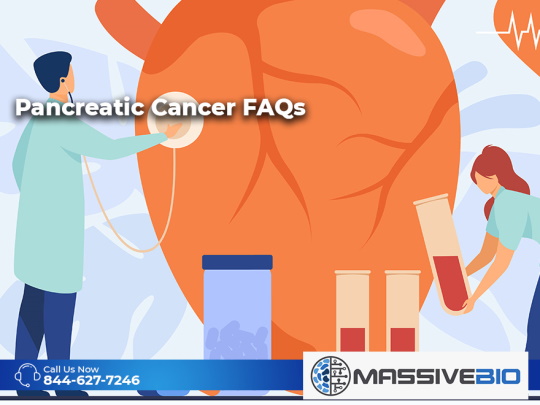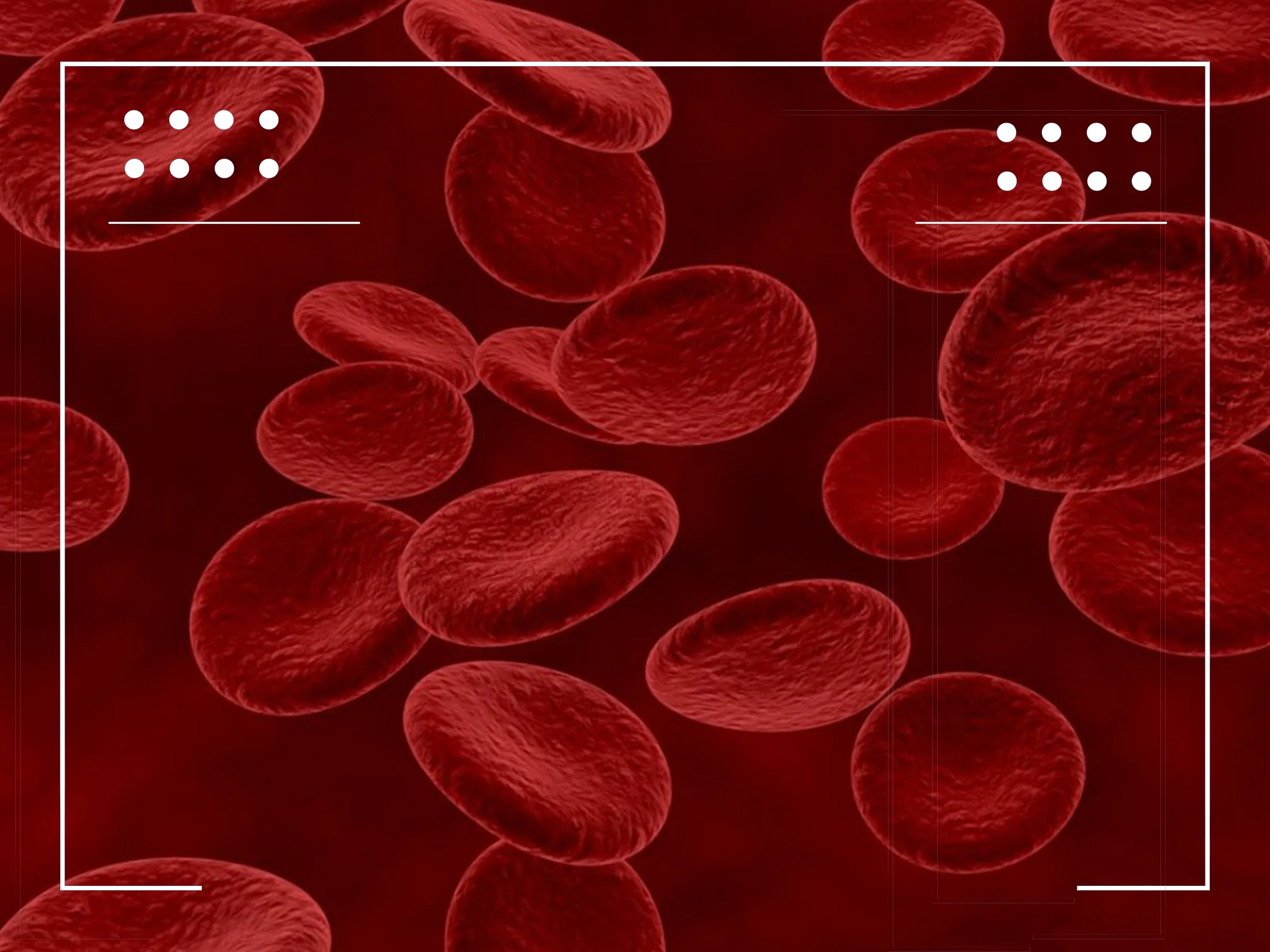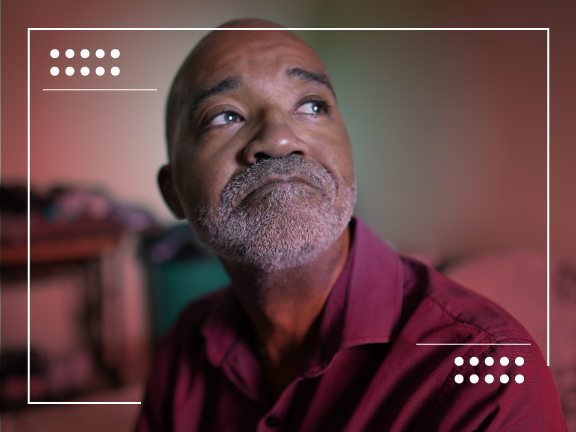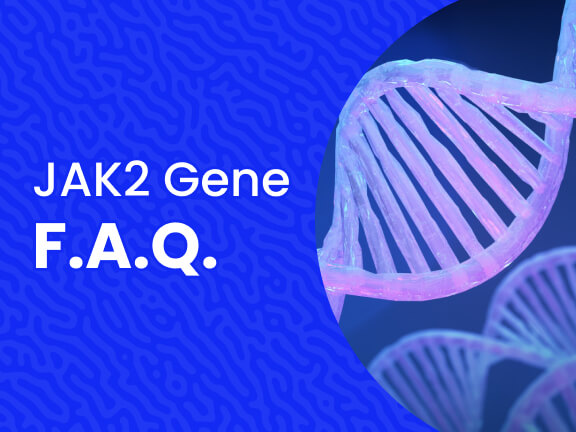Pancreatic Cancer FAQs: What is Pancreatic Cancer? Pancreatic cancer starts when cells in the pancreas begin to grow out of control. The cells then cause tumors that lead to various health issues. There are two types of cells in the pancreas – exocrine and endocrine cells. Exocrine cells make up most of the pancreas and form exocrine glands and ducts. Glands make enzymes that help to digest food and ducts carry enzymes through the pancreas to the intestines.
Endocrine cells make up a much smaller percentage of cells in the pancreas but make important hormones like insulin and glucagon (which help control blood sugar levels) and release them directly into the blood. Most pancreatic cancers are exocrine cell cancers, but there are also endocrine cell cancers.
What are the Main Types of Pancreatic Cancer? Most pancreatic cancers form in the exocrine cells of the pancreas, and of those cancers, 95% are pancreatic adenocarcinoma. This type of cancer usually starts in the ducts of the pancreas and begins when the cells there start to grow out of control.
Endocrine cancers are much rarer, but the most common endocrine cancer is a pancreatic neuroendocrine tumor (NET). Also known as an islet cell tumor, this cancer, while less common (this type of cancer makes up less than 2% of pancreatic cancers), tends to have a better outlook (prognosis). Knowing if you have endocrine or exocrine cancer is very important as they act and are treated very differently.
What are the Main Symptoms of Pancreatic Cancer?
Pancreatic cancer can be difficult to detect in early stages because it does not often cause any signs or symptoms until more advanced stages, once the cancer has grown outside the pancreas. Many of the signs and symptoms of pancreatic cancer are also more often related to other health issues. It’s very important to have any of the below symptoms checked to make sure to determine the correct underlying condition.
Symptoms can include:
- Jaundice (yellowing of the eyes and skin) when the cancer spreads to the liver, blocks the bile duct, and prevents bile from reaching the intestines. This causes a buildup of a substance, called bilirubin, to build up in the body and present as a yellowish color on the surface.
- Belly or back pain if the tumor grows large and presses on nerves or nearby organs.
- Nausea and vomiting if the tumor presses on the far end of the stomach making it hard for food to get through. This can also cause weight loss and poor appetite.
- Gallbladder or liver enlargement. If the tumor blocks the bile ducts, bile can build up in the gallbladder, making it larger. And if the cancer has spread to the liver, this can cause enlargement there as well.
- Blood clots can also be signs of pancreatic cancer.
- Rarely, diabetes can be a symptom of endocrine pancreatic cancer if it destroys the insulin-making cells.
What are the Stages of Pancreatic Cancer?
Pancreatic cancer can be hard to detect in the early stages because it doesn’t tend to cause symptoms until it’s more advanced and the cancer has spread. There are four stages of pancreatic cancer, including a precancerous stage. Each stage is related to how far the cancer has spread, and the higher the number, the more advanced the cancer.
In stages 0 to 1, the cancer has not spread from the pancreas, and the tumor is no larger than 4cm (1.6in).
In stages 2 to 3 the cancer has spread from the pancreas to nearby lymph nodes, but has not spread to distant sites.
In stage 4, the cancer has spread to distant sites such as the liver, abdominal cavity lining, lungs, or bones. It can be any size and may or may not have spread to lymph nodes.
What are Common Pancreatic Cancer Treatments?
Pancreatic cancer treatments depend on the stage of the cancer and how far it has spread in the body. When the cancer has not spread from the pancreas, or does not extend far past it, surgery to remove the cancer completely is the preferred form of treatment. This is a major operation, but the only chance to remove the cancer completely. However, this is not often an option. To increase chances of surgery as an option, cancers are often treated first with chemotherapy or chemoradiation to shrink the tumor.
Sometimes surgery is followed by chemotherapy and possibly radiation therapy. When surgery is not an option due to the advanced stage of the cancer, but it is still local, chemotherapy is the standard treatment option.
When the cancer has metastasized (spread throughout the body), surgery is also no longer an option. In these cases, chemotherapy is the main treatment used to help slow the growth and shrink tumors, but it is not a cure. There are different combinations of drugs used for patients, but each have their advantages and disadvantages, and current available treatments may not be effective for all patients.
Therefore, it’s worth looking into clinical trials. There are clinical trials that are testing new drugs, and new combinations of drugs that may be promising for your case. Learn more about your pancreatic cancer trial eligibility here.













